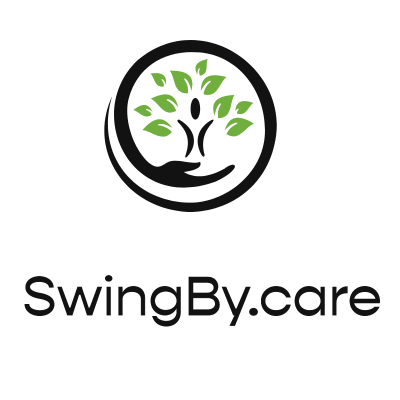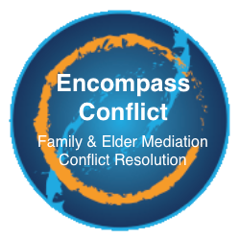Falling is something that can happen to us at any age but as we get older the likelihood increases and so do the repercussions and injuries associated. The severity of a fall will determine the level of rehabilitation needed, but for any fall there should be time taken to recover and heal. Falls can occur at any time and often unexpectedly and can result in broken bones or fractures (commonly in the hips). If the fall isn’t as severe there could still be swelling, tenderness, and bruising in the area of impact.
If you or a loved one has a fall and experiences intense pain that doesn’t subside over time it would be a good idea to seek medication attention to ensure there are no serious injuries that may require surgery or some form of medical intervention.
Rehabilitation after a fall can help ease discomfort and quicken the recovery. The rehab after a fall will look different based on what area of the body you landed on. Sometimes a trip to the hospital may be necessary for more serious falls while others may only require a doctor visit or at-home care. Rehabilitation is specialized to you and your needs based on doctors’ orders and can be carried out in various settings. If a fall resulted in a severe injury that required a prolonged hospital stay or surgery a short-term rehabilitation center may be best for you.
What is Short-Term Rehabilitation?
Short-term rehabilitation is the step following a hospital stay with inpatient care and medical supervision. This level of care will often be recommended by doctors after a serious injury to ensure you have sufficient time to recover while being monitored by and having access to medical professionals. While in a short-term rehab facility, you will also have access to different types of therapy to help your recovery journey. These treatments encourage the strengthening of muscles, increased mobility, and ease of doing day-to-day tasks. The length of your stay is dependent on your needs and can vary anywhere from a few days to a month or longer.
Types of Therapy:
Physical Therapy: The main type of rehabilitation that will be used after a fall that resulted in injuries and/or hospitalization. Provides hands-on treatment and specifically tailored exercises for your recovery. It helps to alleviate pain and aid in recovery. A physical therapist will evaluate you and follow the doctor’s suggested treatment to ensure you heal properly and prevent future falls by instructing preventative exercises and information. The therapist will use exercises, stretches, and specialized equipment to help the individual improve their physical functioning and mobility in areas that might have been lost or weakened due to the fall. They can also provide pain-relief treatment options such as massage, ice or heat, and electrotherapy (electric stimulation using methods such as a transcutaneous electrical nerve stimulation/TENS unit).
Occupational Therapy: The goal of occupational therapy after a fall is to ensure your ability to successfully perform everyday tasks independently such as bathing, getting dressed, showering, and using the restroom. Occupational therapy essentially analyzes your environment and creates solutions for problems that you might have and finds ways to assist you and ensure your safety. This can be accomplished by a therapist analyzing your space for hazards and ways to remove or reduce them. Examples of ways a therapist may intervene via home modifications would be removing rugs that could pose tripping hazards, improving lighting by adding lamps or changing to brighter lightbulbs, or adding handrails to assist when sitting and standing.
Inpatient Versus Outpatient Rehabilitation:
Often inpatient and outpatient rehabilitation can be used hand in hand while other times an inpatient rehab center may not be necessary. Determining what level of rehab you need and a treatment plan appropriate for your recovery can be done with your doctor to help ensure you’ll be receiving adequate care.
Inpatient rehabilitation programs can be completed in rehabilitation hospitals, specialized areas of a hospital, or in a nursing facility. In a rehab facility, the program will be much more extensive than that of outpatient therapies. Your treatments will be much longer and you’ll be working with a therapist for several hours a day. This level of rehab offers professional and medical supervision with access to therapies needed for the beginning stages of your recovery following hospitalization. This is a comprehensive and more intensive therapy option than outpatient.
Outpatient rehabilitation programs help aid in the recovery of more minor incidents and are appropriate for those who are more independent and able to adequately manage their recovery. Most of the things that would be covered in inpatient care you or a loved one will be responsible for, such as pain management, wound care (if needed), personal hygiene care, home safety modifications, and daily tasks. Outpatient treatments and therapies are done on a less regular basis but are more vigorous than inpatient options. They still follow a customized plan for your recovery but are often expected to complete exercises on their own and often need assistance with transportation.
The choice between more wide-encompassing rehabs such as Inpatient or short-term versus outpatient can be discussed with your doctor. They will advise or select the appropriate rehab for you depending on your health, recovery goals, and individual needs. The rehabilitation process can be challenging, but with the right care and support, most individuals can regain their strength and mobility after a fall. Proper rehabilitation will guarantee and maintain a healthy, happy, and independent life after a fall.
Written for Senior Industry Services By Lauren Hope Bartling








